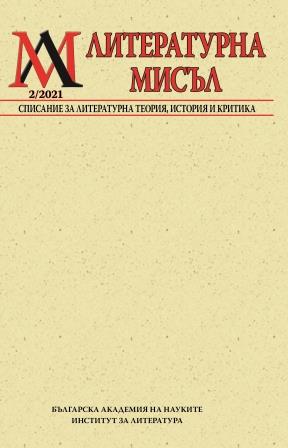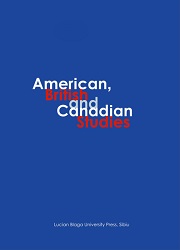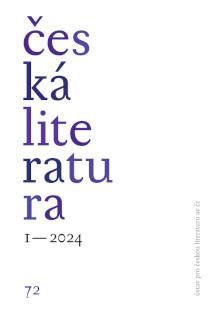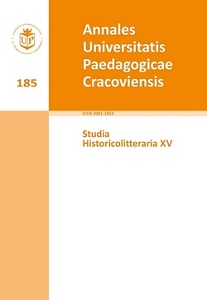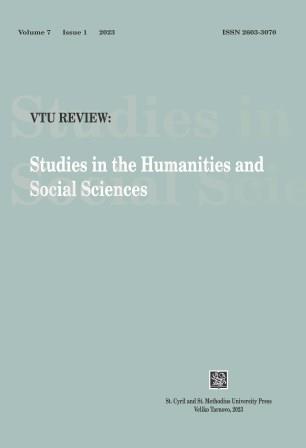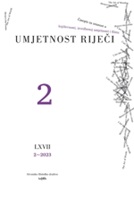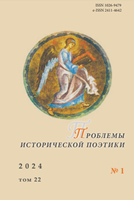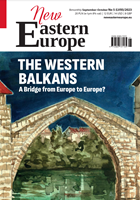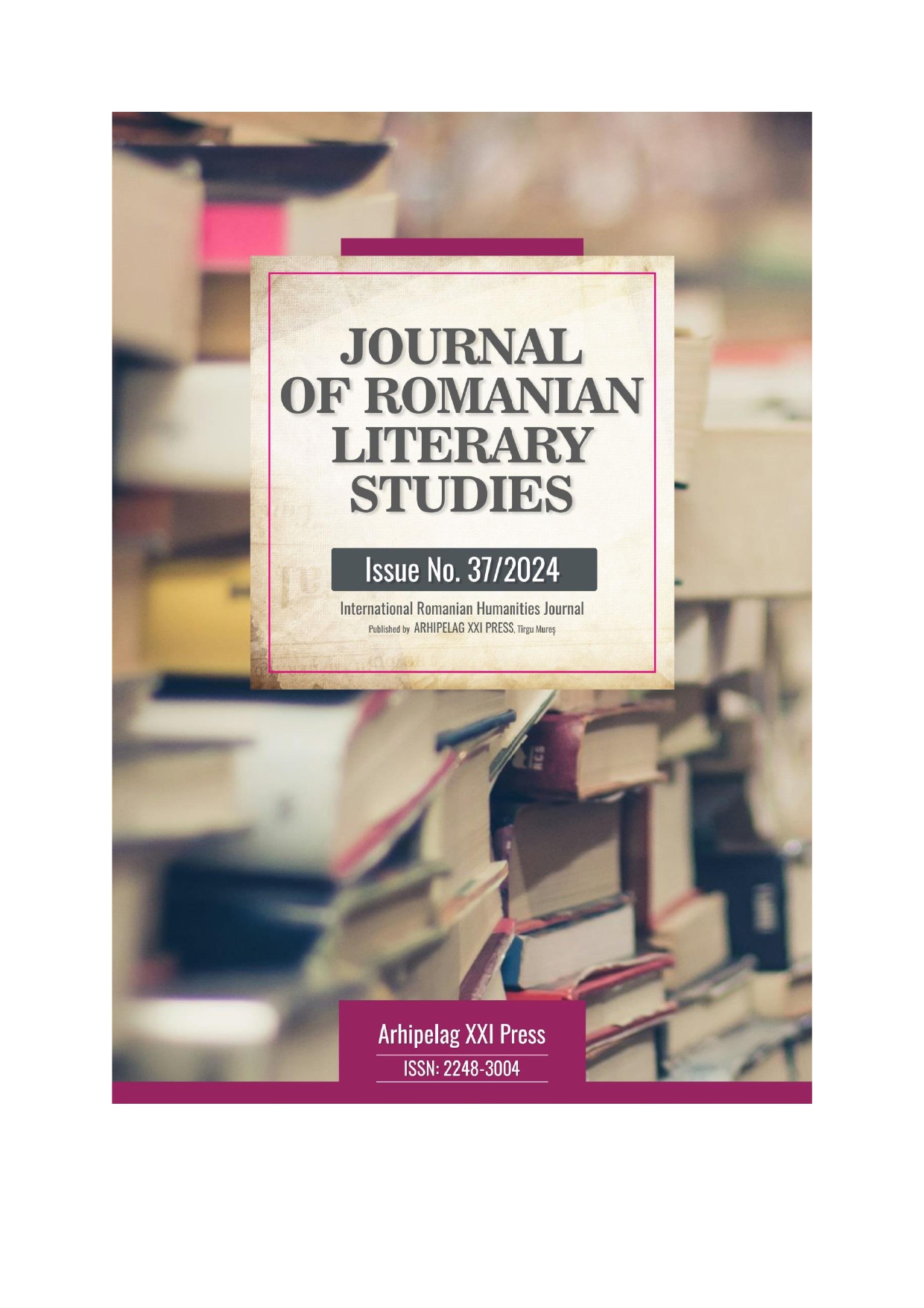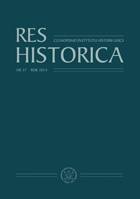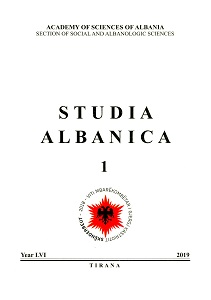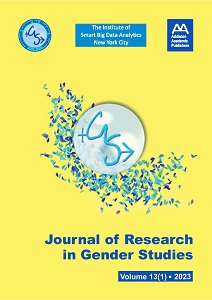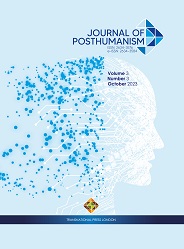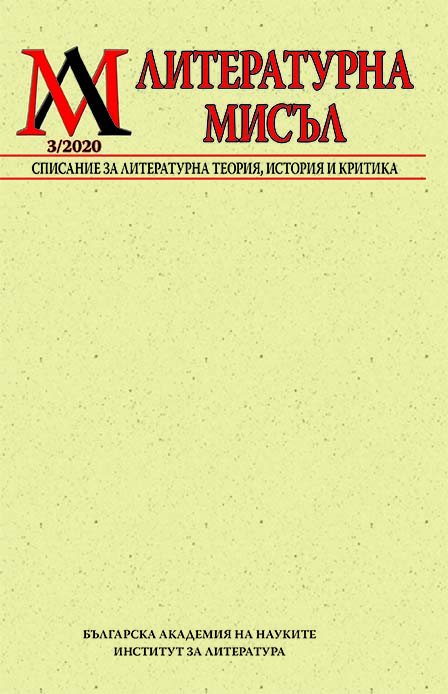
За един разрешен опиат в романа на Уилям Голдинг „Морски обреди“
This paper briefly deals with the presentation of the Paregoric (camphorated tincture of opium) and the attitude of the characters of the novel to it. For the time when the plot took place the use of this drug was not formally forbidden, although it was not regarded as something fully acceptable. When Golding published the book in the 1980s these kinds of drugs, are under strict control by the medical authorities; at the same time, literature and art are changing their ambivalent attitude towards drug usage. The article looks at the use of the narcotic in the context of the use of alcohol in “Rites of Passage”, the use of some uncommon substances in the other Golding’s novels, and attempts to find some kind of link with the decease of the author. The aim is to ask the question about the function of the Paregoric in the narrative.
More...
